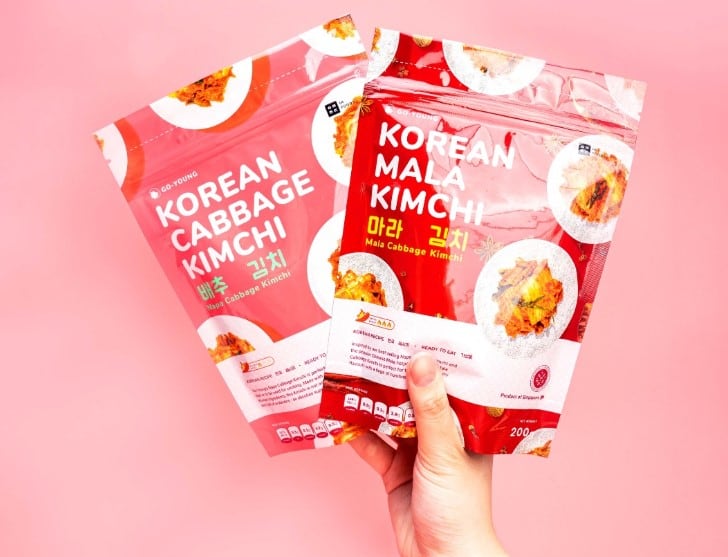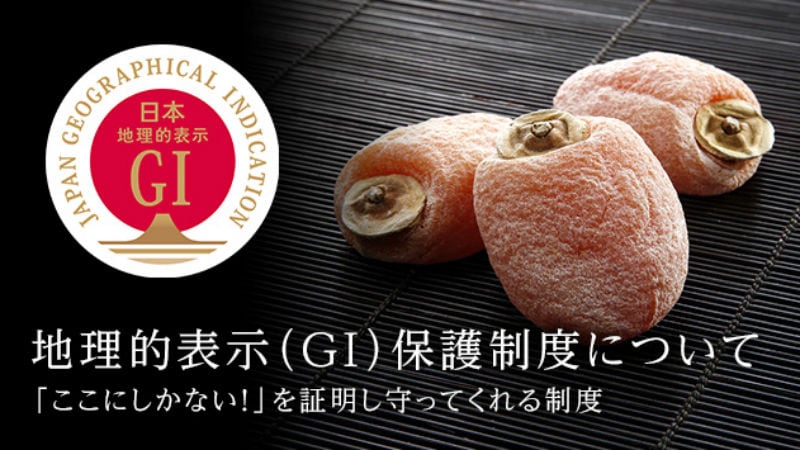It first entered the market with JIN Kimchi in 2020, with a number of differenct variations of the iconic Korean dish tailored to the tastebuds of Singaporeans. These included cucumber, radish and spring onion.
Initially home-based, it is now producing between 2,000kg to 3,000kg of kimchi every month at a local factory.
On the back of this, the firm is now taking its first steps into supermarkets with Go Young.
Jack Chu, director at Inmarch Holdings, told FoodNavigator-Asia it is aiming for 10 to 20% of total sales to come from supermarkets this year.
It aims to be on shelves by the second quarter of the year, with the range packaged in 200g sachets.
Not mass produced
The firm sources fresh ingredients such as cabbage from Malaysia while dry ingredients such as chilli powder, sugar and sea salt are imported from Korea.
Chu started JIN Kimchi because he found the kimchi sold in supermarkets or in restaurants to be too sour for Singaporeans’ tastebuds.
“The kimchi made in Korea takes between two to four weeks to reach Singapore, by then the kimchi is already one to two months old, and will start to ferment which makes it sour.”
So Chu produced kimchi that was delivered in the same day: “We only make what we sell to ensure quality, we try not to mass produce or to compete against Korea market for quantity, but we can compete in quality.
“We wanted to create Kimchi that is made and shipped daily. This helps to preserve the savoury and sweet taste that people love.”
When JIN Kimchi first launched in 2020, it made six figure sales in the first month, which Chu attributed to the kimchi shortage during the pandemic.
Malaysia market
Seeing JIN Kimchi’s success in Singapore, it launched an e-commerce store in Malaysia last year, which proved more challenging than anticipated.
“For us, we entered the (Malaysian) market thinking it was as easy as Singapore. It was a different set of challenges with cross border and pricing.”
“We realised JIN Kimchi loses the whole freshness and non-sourness of the product because it takes a week or two to reach Malaysia. We also used a third-party logistics company to store and distribute our kimchi which is fragile and requires cold chain.
“In addition, our price point was on the heavier side for the consumers who cannot justify paying a big premium for kimchi products.”
“We are looking to downsize our operation in Malaysia and tap onto our infrastructure there to expand the Go Young brand since it is at a lower price point.”
Beyond Singapore and Malaysia, the firm is eyeing Indonesia as a potential market, although its products are not halal certified yet.
The firm is also growing its product line and intends to release banchan (Korean side dishes) such as anchovies soon.
“This will help us grow the average order value from customers, but also grow our clientele. We can pitch to Korean barbecue shops our assortment of products, and that's where we see growth in the B2B space,” Chu said.




